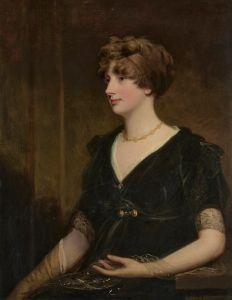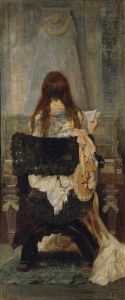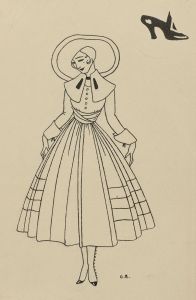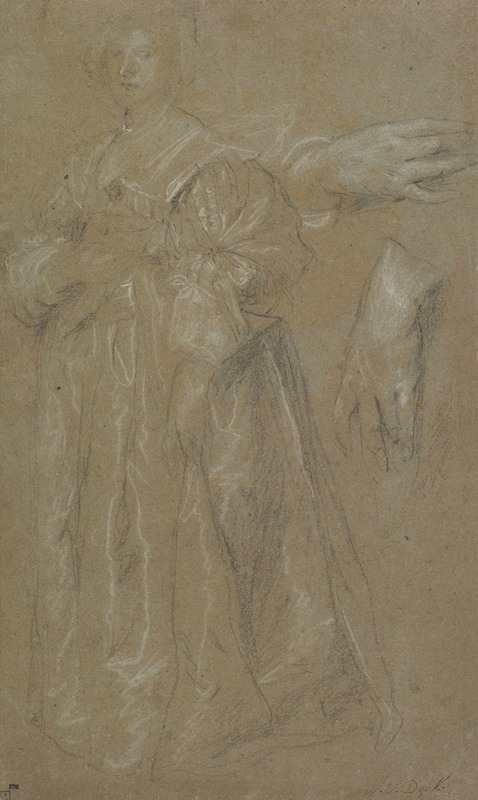
Study for a Portrait of a Lady
A hand-painted replica of Anthony van Dyck’s masterpiece Study for a Portrait of a Lady, meticulously crafted by professional artists to capture the true essence of the original. Each piece is created with museum-quality canvas and rare mineral pigments, carefully painted by experienced artists with delicate brushstrokes and rich, layered colors to perfectly recreate the texture of the original artwork. Unlike machine-printed reproductions, this hand-painted version brings the painting to life, infused with the artist’s emotions and skill in every stroke. Whether for personal collection or home decoration, it instantly elevates the artistic atmosphere of any space.
"Study for a Portrait of a Lady" by Anthony van Dyck is a work attributed to the renowned Flemish Baroque artist, who is celebrated for his portraits of European aristocracy and his influence on the genre of portrait painting. Van Dyck was born in 1599 in Antwerp, and he became one of the most prominent portraitists of the 17th century. His works are characterized by their elegance, sophisticated use of color, and the ability to capture the personality and status of his subjects.
This particular study is believed to be a preparatory work for a larger, more formal portrait. Van Dyck often created studies or sketches as part of his artistic process, allowing him to experiment with composition, pose, and expression before committing to the final piece. These studies provide valuable insights into his working methods and artistic development.
The "Study for a Portrait of a Lady" showcases van Dyck's skill in rendering the human form and his attention to detail. Although the identity of the lady in the study is not definitively known, it is likely that she was a member of the European nobility or a person of significant social standing, as was typical of van Dyck's clientele. His ability to convey the grace and poise of his subjects made him a favorite among the aristocracy.
Van Dyck's technique involved the use of oil paints, which allowed for a richness of color and depth. In his studies, he often employed a more fluid and spontaneous brushwork compared to his finished portraits. This approach enabled him to capture the essence of his subject quickly and effectively, focusing on the key elements that would later be refined in the final work.
Throughout his career, van Dyck was influenced by his time spent in Italy, where he studied the works of Titian and other Venetian masters. This influence is evident in his use of color and composition, as well as in the way he portrayed his subjects with a sense of dignity and elegance. After his Italian sojourn, van Dyck returned to the Southern Netherlands before eventually moving to England, where he became the leading court painter for King Charles I.
The "Study for a Portrait of a Lady" is an example of van Dyck's preparatory work that contributes to our understanding of his artistic process. While the study itself may not be as polished as his completed portraits, it offers a glimpse into the creative journey of one of the Baroque period's most influential artists. Van Dyck's legacy is evident in the way he shaped the genre of portraiture, setting a standard for future generations of artists.
Due to the nature of studies and sketches, many of these works were not signed or dated, making it challenging to pinpoint their exact place within van Dyck's oeuvre. However, they remain an important part of his artistic legacy, providing insight into the techniques and approaches that defined his career. The "Study for a Portrait of a Lady" is a testament to van Dyck's enduring impact on the art of portraiture and his ability to capture the essence of his subjects with grace and sophistication.





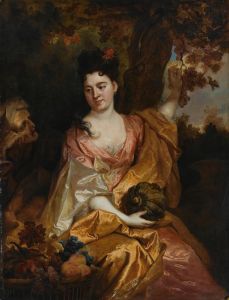
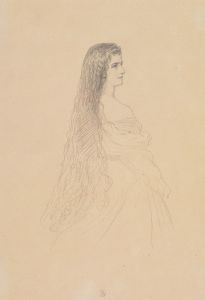


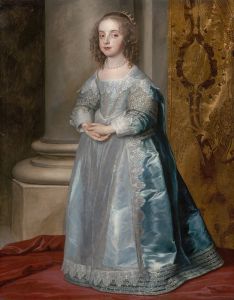
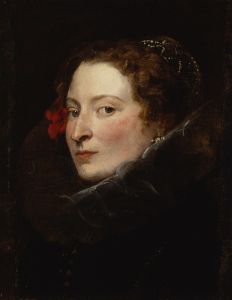
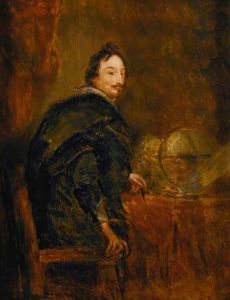
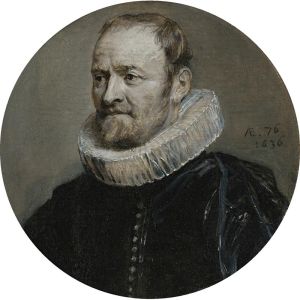
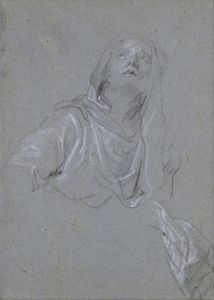
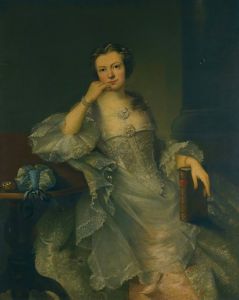
![Lady With A Mask [Comedy]](/imgs/246750/s/jules-cheret-lady-with-a-mask-comedy-ba0fcc79.jpg)
